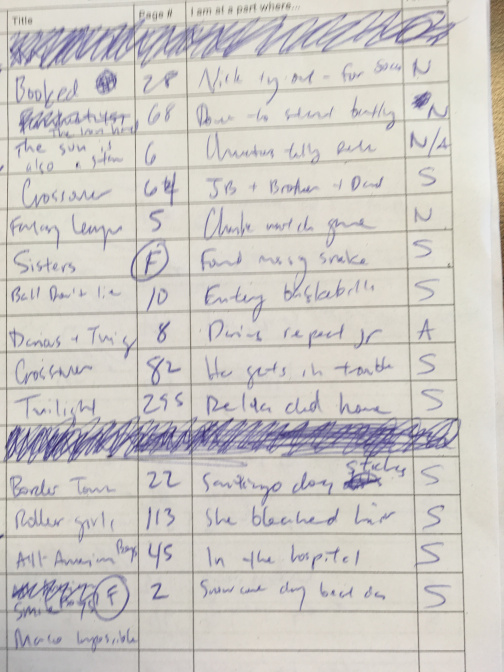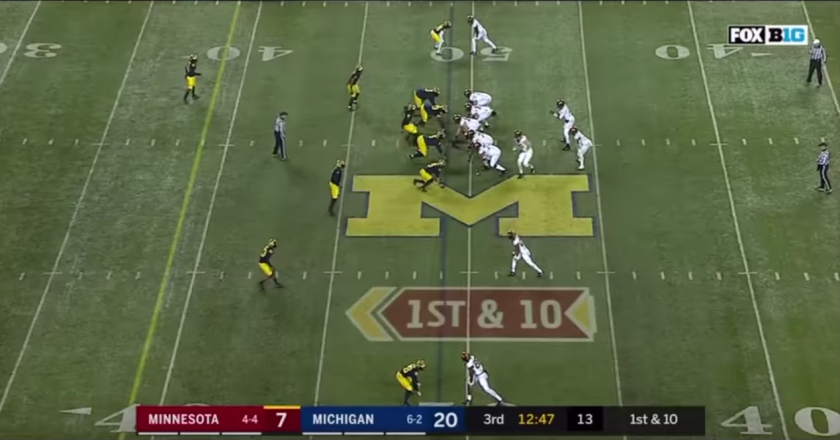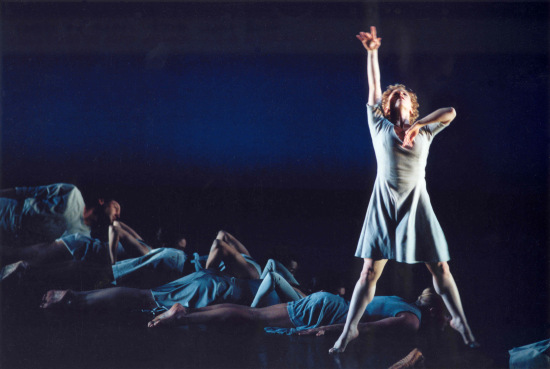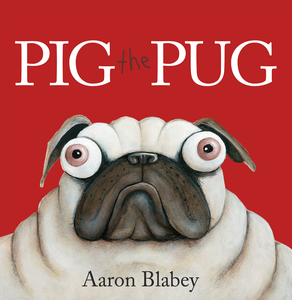Reading Donalyn Miller’s Reading in the Wild two years ago was a game-changer for my Language Arts classroom. That book shifted the way my students engage with reading. Each week, my students receive allotted time in class to choose what they read; they explore new genres; they discover their favorite authors.
In previous posts, I’ve already highlighted the numerous benefits that arise from giving students the space to read for pleasure in the classroom. I’m not going to do that again here, but in short, kids need opportunities to get lost in books during class time. For teachers, this means relinquishing some control and suppressing the urge to push state standards, but it’s integral to develop of a child’s literacy.
The reason I am writing today is to highlight a tool that I pulled from Miller’s book that I use every time my students read independently: “Status of the Class”, an activity that will hopefully one day eradicate the use of the dreaded reading logs. Nothing takes the fun out of reading more than having to fill out a mundane log in which you document the pages that were read and then write a summary about it. I don’t keep a reading log on my nightstand so that I can track my progress through a book, so I’m not going to make my students do it either.
Four simple words: Status. Of. The. Class. I love this activity so much that I’m including a link to a free copy in this post.
Here is how it works:
I use a three-column table that contains the following information: student name, book title, page number, “I’m at the part where” and “A/N/S”. For me, it’s way easier to type in the kids’ names for each class so that I don’t have to continue to handwrite them in each week; rather, I just print out copies and make sets for the days that my students will read independently.

I apologize for my slopping handwriting; sometimes it’s hard to write neat when quickly jotting down so many responses. Also, an “F” means that a student finished a book.
While students are reading for the pre-established amount of time, I circle the room and jot down the title of each child’s book. As I enter in the titles, I go to the last column and put in either an A, N or S (A= abandoned, N = new, S = same). If a student quits a book and starts another, I label that with an A. If they are continuing with the same book from the last time we read I designate an S, and if they are starting a new book because they finished the one that they were reading previously I enter an N. These three little letters offer an incredible amount of insight into my students’ reading habits. As teachers, the progression that we most want to see is for students to go from an S to an N, as this means that they are reading books to completion. However, the A’s really help me hone in on my struggling readers, and through short conversations I can learn why these students are leaving the books that they have started; furthermore, I can use their responses to help recommend different books and genres that might be more suited to these particular students.
Once the allotted time of independently reading comes to a close, the most fun part of this whole activity really begins, in my humble opinion. Students take turns giving me two pieces of information: page number and “I’m at the part where…”. I tell my kids that their “I’m at the part where…” should be a quick, short summary of what is going on in their books at this exact moment. Hearing twenty-something students providing a small piece of their book’s plot is pure entertainment given the diversity of the responses. It’s also a quick and easy way to peak students’ interest into what their peers are currently reading. After I’m finished with the whole class, I usually give the students a few minutes to discuss with a partner over something that they heard, and there’s rarely a dearth of conversation. This whole process takes roughly 5 to 8 minutes.
While it seems obvious that getting the page numbers from the students is an easy way to track their progress, it also holds them accountable. If a student reads just a page or two during a 15-minute independent reading segment, I can have a private conversation with them to figure out why they are not taking advantage of this time.
I hope that I have done a sufficient job of explaining and promoting “Status of the Class” as I think it is vital part of any independent reading program. I have such a stronger understanding of my students’ reading tendencies through the use of this activity, and I will continue to employ it as my classes continue on their independent reading journeys this year.
Advertisements Share this:




